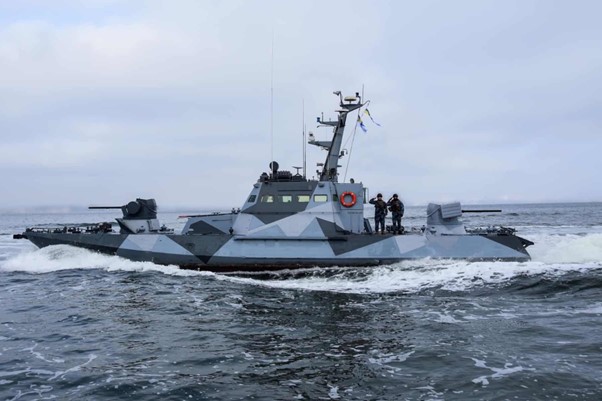Almost 30 months into the full-scale war, and despite the daily destruction and carnage from the sky, Ukraine is still fending off the world’s third-largest air power with little more than a handful of aging Soviet aircraft, largely depleted Soviet anti-air batteries (ABMs) and an entirely insufficient array of donated air defense equipment. Added to the insufficient and untimely support Ukraine was provided in holding back the second-largest land power in the world, it is a wonder that Ukraine still stands. Even Ukraine’s flat, sparsely forested terrain fails to offer the protection of Afghan mountains, Finnish marshlands, or Vietnamese rainforests.
But now that several of Ukraine’s European allies have taken the lead in offering F-16 fighter jets, and more air defense systems have been promised at the NATO summit, Putin is worried that Ukrainians may recover more control over their skies. Russians are now searching and targeting Ukrainian air bases more frequently to forestall the arrival of the new aircraft. There is every indication that Putin needs a pause in the fighting to replenish his own forces but will not cede control of the territory he now holds. A defense line of 1,200 kilometers rings that territory, and crossing that line has proven to be very costly to Ukrainian personnel and equipment.
JOIN US ON TELEGRAM
Follow our coverage of the war on the @Kyivpost_official.
While Ukrainians have also been struggling to replenish their forces, Russians have been busy reinforcing their defenses. Their assaults from various points have kept Ukrainian forces dispersed and on the defensive. Such a situation does not bode well for Ukraine, and its allies insist on seeing “a clear path” to victory.

Three Boeing 747s Loaded With US Weapons for Ukraine Land in Poland
There can be no “clear path” without engaging the enemy on the territory he now occupies. The longer he remains there, the more entrenched he becomes and the greater his ability to suppress local resistance and mobilize territorial resources against its liberators. No peace summit, 10-point plans, security agreements, or third-party intervention will change that. Ukraine must deploy “boots on the ground” behind enemy lines because Putin will not budge.
However, as we have already seen, any frontal ground assault on the defensive line would require (and risk) a large force that will, undoubtedly, be met with massed and layered enemy forces intent on plugging the breach while a new defensive line is built further afield.
There is a better way: not breaking through but jumping the line.
Until now, helicopters and such extraordinarily effective ground support aircraft as the A-10 (Warthog) have been highly vulnerable to the full array of enemy aerial defenses. The acquisition of F-16s has mitigated some of that.
Ukraine’s (estimated) 70-80 operational helicopters are (with one exception) all built and based on the Soviet Mi version. The exception is a crowd-funded $6 million UH-60 Blackhawk, which Ukrainian pilots describe as the difference between driving a Maserati sports car and a truck. Ukrainian and US military helicopters come equipped with countermeasures and protection against surface-to-air threats. At the same time, the F-16’s ability to gain at least localized air superiority will make them less vulnerable to enemy air defense. Adding Warthogs into this (safer) environment would be a game changer.
By choosing (in greatest secrecy) several comparably low-risk locations along the enemy’s defensive line to deploy – by helicopter – squad, platoon, or company-sized units (with all necessary supplies, encrypted closed-circuit communications, and detailed plans as to their movements and missions), these formations will sow panic and confusion while linking with partisans, destroying depots and convoys, and distracting/dispersing enemy forces. Each helicopter can carry approximately 30 fully armed soldiers, followed by supply helicopters that convey up to 4,000 kg of heavy equipment, and the American Chinook, which conveys 11,000 kg. Protected from the skies by their F-16s and cutting a trail of destruction with their Warthogs, they can cut off Russian forces from their supply lines in a matter of days while their helicopters return for resupply, reinforcement, and medical extractions.
In sum, Ukrainian authorities may have been right in insisting, from the earliest day of the war, that control of the skies was critical to a victorious game plan. They can still make it happen by “jumping the line.”
The views expressed in this opinion article are the author’s and not necessarily those of Kyiv Post.
You can also highlight the text and press Ctrl + Enter










